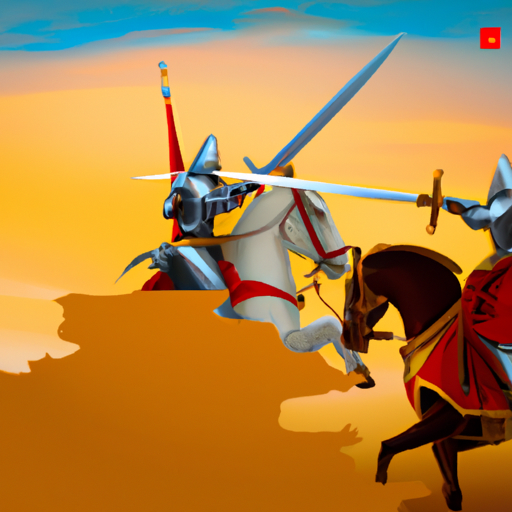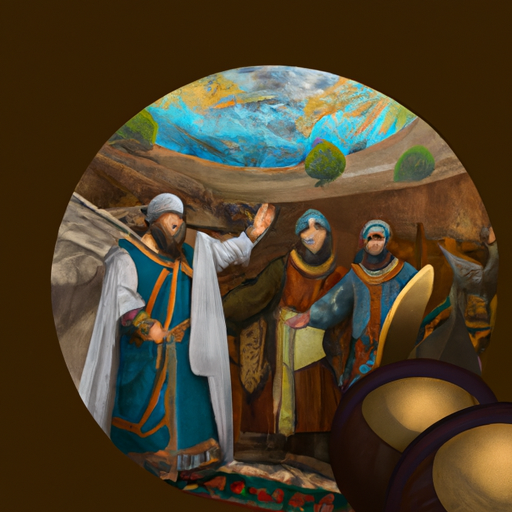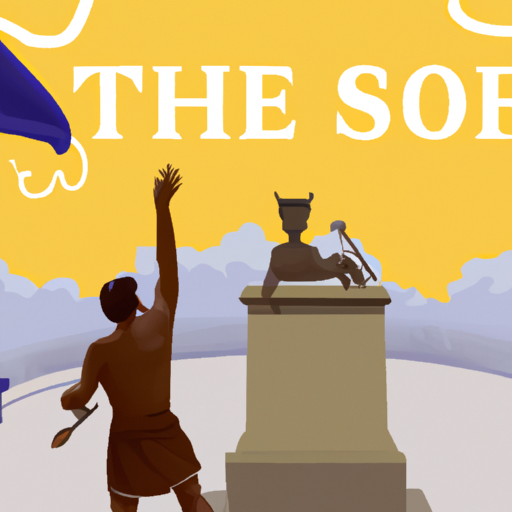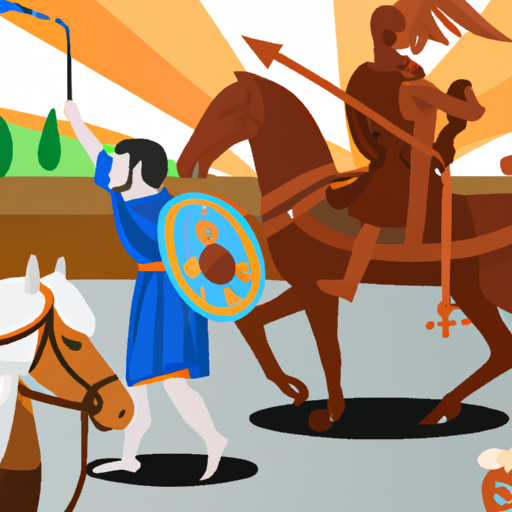A History of Life in Victorian Times
Unearth the past of the Victorian era and investigate how life was unlike today! Delve into a world of dissimilarity, where customs and conventions were distinct and lifestyles were unlike our own. Uncover an age of times gone by and discover what made it so unique.

Uncover the secrets of a bygone era! From 1837 to 1901, the Victorian period was a unique and captivating time in British history. Different customs and conventions of the day were markedly dissimilar from what we know today. Fashion, architecture, literature, art and culture all played a role in how people lived their lives during this era. Learn how the monarchy had an impact on daily life and how advances in technology changed society over time. Delve into the politics of the time and see how it shaped Britain as we know it now. Unearth stories of those who experienced life during this period and gain an understanding of what everyday life was like for them.
The Victorian era is an intriguing part of history that is worth exploring. With its distinct customs and conventions, it provides a glimpse into a world that is vastly different from our own. Take some time to uncover what made this period so special and discover why it continues to fascinate us all these years later!
.
Introduction
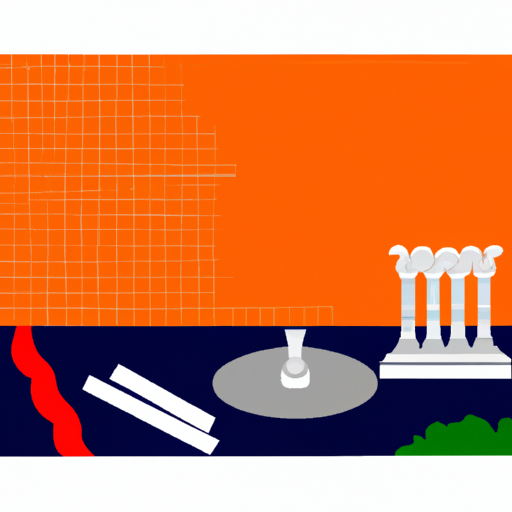
An era of bewildering transformation, the Victorian period (1837-1901) saw a seismic shift in British life. Technology and societal changes revolutionised everyday life, with transportation such as steam ships, railways and cars drastically cutting travel times and broadening horizons. Industrialisation and urbanisation boomed, while consumerism began to take hold. Education, healthcare and public services were improved; women’s rights expanded; and cultural diversity was increasingly accepted. All these developments laid the groundwork for modern Britain.
– The History of Victorian Social Classes
A time of great complexity and distinction, the 19th century saw the emergence of a new social order in England. A clear separation between the upper and middle classes and the lower classes began to take shape, with those at the top of the hierarchy being made up of wealthy landowners and aristocrats, while those in the middle consisted of professionals such as doctors and lawyers. The bottom rung was populated by manual laborers including factory workers and miners.
Strictly adhered to rules determined each class’s place in society; for instance, access to exclusive clubs or events was only available to those in the upper classes, while middle-class families were able to send their children to private schools while lower classes had little or no education opportunities. On top of this, cultural differences between social classes were also apparent; upper-class families typically exhibited more formal behavior than those from other classes and spoke differently than their working-class counterparts who often lived in poverty-stricken areas and fought for basic necessities.
Although some progress was made towards social mobility during this era, it wasn’t until much later on that true equality between all classes became a reality.
– Historical Overview of Victorian Working Conditions
The Victorian era was a time of tumult and uncertainty for many laborers in England. The Industrial Revolution saw an influx of factories and industrial facilities, replacing traditional agricultural labor, resulting in a shift of power to employers who often took advantage of their employees. Long hours, low pay, hazardous working conditions, and no protection from exploitation were commonplace. In some cases, even children as young as five were employed in factories or mines with no regard for their safety or well-being. With few laws protecting workers’ rights or shielding them from exploitation, trade unions emerged to fight for better wages and working conditions. Unfortunately, many factory owners refused to recognize these unions or negotiate on behalf of their employees.
It wasn’t until the late 19th century that laws began to be passed which gave workers greater protection from unfair treatment by their employers. While this was a step forward, it took decades more before meaningful changes were made in terms of regulating working hours, minimum wage levels, health and safety standards, and other worker protections. Even today we must remain vigilant in our efforts to ensure fair treatment for all workers regardless of their background or occupation—a reminder that the history of Victorian working conditions should never be forgotten.
– Historical Impact of the Industrial Revolution on Victorian Life
A period of immense transformation swept through the 19th century, transforming the way of life for all those living in Victoria. This revolution brought about a kaleidoscope of changes to technology, science and economics, altering the manner in which people lived and worked. The introduction of novel machines and factories saw an upsurge in production and efficiency, causing more occupation opportunities, higher wages and better standards of living. This revolution also had far-reaching ramifications on social structure, with a new middle class emerging to challenge traditional hierarchies. It impacted politics too, leading to the development of democracy and labor unions. In conclusion, this Industrial Revolution was a major factor in forming Victorian life.
– Historical Changes in Family Structure During Victorian Times
Amidst the Victorian period, the customary family unit encountered a few changes because of social, monetary, and political impacts. These proceeded with a durable effect on how families were structured and worked during this time.
The most significant alteration to family structure was the rise of the nuclear family; an wedded couple and their kids living in one home. This supplanted the broadened family model that had been famous before. The nuclear family gave more self-rule to couples and enabled them to settle on choices about their lives without counseling different relatives.
Marriage as a legitimate agreement between two individuals additionally increased more noteworthy significance during this period. Marriage laws were made stricter to guarantee that couples were lawfully bound together and couldn’t effectively isolate or divorce. This made a more grounded feeling of duty between spouses and helped make more steady families than any other time in recent memory.
The Industrial Revolution likewise assumed an essential job in changing the structure of Victorian families. With industrialization came new open doors for work that enabled men to acquire higher wages than at any other time previously. Subsequently, ladies were progressively relegated to residential jobs inside their homes while men turned into breadwinners for their families. This move in sexual orientation jobs prompted expanded reliance on men for budgetary help and produced a progressive system inside numerous households where men held more power than ladies did.
Altogether, there were numerous memorable changes in family structure during Victorian times that had long haul impacts on how families worked all through Europe and past – setting up present day meanings of what constitutes a “family” today.
– Historical Analysis of Education in Victorian England
In Victorian England, education underwent a radical transformation, with the government taking steps to invest in public schools and universities, as well as instituting compulsory elementary school attendance. This resulted in a greater emphasis on formal education and training, while new teaching methods focused on critical thinking and problem-solving rather than rote memorization. Private colleges also opened up higher education opportunities for those who could afford them, allowing people from all backgrounds to pursue further studies. These reforms had a lasting impact on modern educational systems, providing future generations with access to knowledge and opportunity through formal schooling structures.
conclusion
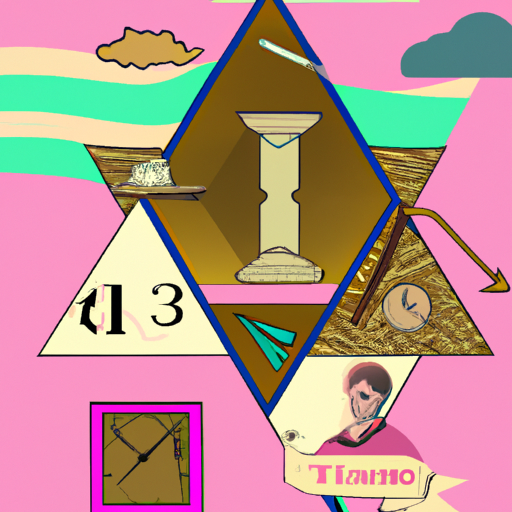
It was a period of immense transition in the annals of British history, with an exponential surge in the population, and industrialization ushering in a new middle class. Life was not as permissive then as it is now, with social standings and gender roles strictly adhered to. Access to education, healthcare, and recreational activities were limited. Nevertheless, many still managed to make the most of their lives during this era.
.
Some questions with answers
Q1: How did people communicate in Victorian times?
A1: People communicated through letters, telegrams, and newspapers during the Victorian era.
Q2: What did people wear in Victorian times?
A2: Men typically wore suits with a waistcoat and a top hat, while women wore long dresses with corsets and bonnets.
Q3: How did people travel in Victorian times?
A3: People traveled by horse-drawn carriages or steam trains during the Victorian era.
Q4: What kind of entertainment was popular in Victorian times?
A4: Popular forms of entertainment included theatre performances, circuses, public lectures, and music halls.
Q5: How was education different in Victorian times?
A5: Education was not compulsory during the Victorian period but there were some schools that provided free education for poorer children. Higher education was mainly available to wealthy families.
